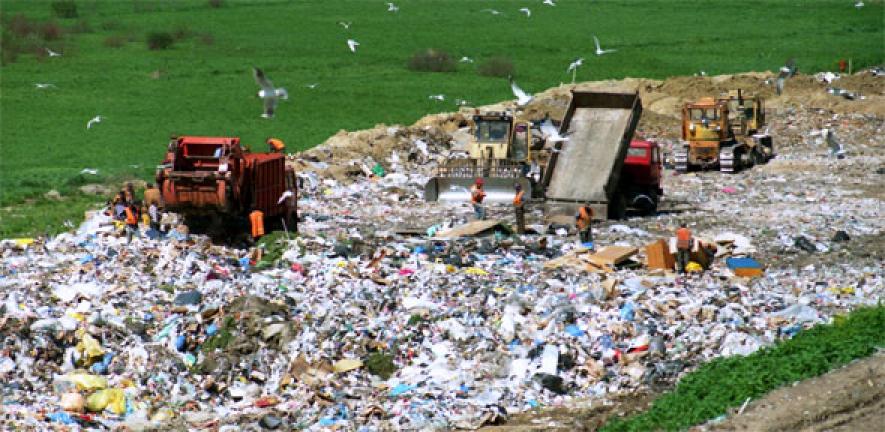
A new online toolkit for manufacturers and retailers has been released to enable users to pinpoint areas in which their businesses could be made both more environmentally sustainable and profitable.
A new online toolkit for manufacturers and retailers has been released to enable users to pinpoint areas in which their businesses could be made both more environmentally sustainable and profitable.
An online resource offering companies a free step-by-step guide to increasing the lifecycle and reusability of their products, thereby making their businesses less environmentally wasteful, has been launched.
The Circular Economy Toolkit features various free, downloadable presentations and an assessment tool which enables firms to identify which parts of their businesses are most profligate and least sustainable. Users are then encouraged to develop solutions which, where possible, also increase profit.
The toolkit has been designed by Jamie Evans, a Masters Student at the University of Cambridge’s Institute for Manufacturing with supervision by Dr. Nancy Bocken, as part of wider research into how the economy can become more “circular”.
At the moment large sectors of the economy follow a linear model in which limited materials are used to make products which are ultimately disposed of and sent to landfill. “Living on a planet with finite resources means that we cannot afford to keep on throwing materials away - we need to be creative in terms of the ways in which products are designed and components reused at every stage of their lifecycle,” Evans said.
His research, which fed into the toolkit’s design and launch, involved trial workshops with three firms - an electrical goods manufacturer, a company which makes heating equipment, and a healthcare provider. In just one of these workshops the group identified 26 opportunities for their business to change its processes to become more environmentally friendly. One such measure was estimated to be worth up to £4million per year to the company, saving 10,000 tons of carbon dioxide.
The core philosophy of the toolkit breaks any product’s lifecycle down into six stages - its design, usage, maintenance, reuse, refurbishment and recycling. In addition, the toolkit challenges companies to consider whether their products could be sold as a service, such as collaborative consumption or pay per usage.
Within each of these areas, companies are encouraged to interrogate whether there is room to improve the product, or the service they offer, to make their business more environmentally sustainable. For example, the design process is analysed to see where material is being wasted, how much is biodegradable, if the materials used are recyclable and other design changes.
The reparability of products is also a major consideration - even at the design level, the manufacturer is encouraged to take the future refurbishment and maintenance of a product into account, by asking questions such as whether it can be easily dismantled and reassembled, and whether it is set up in such a way that faults can be easily identified.
Users of the toolkit are also asked to consider whether their products can be upgraded rather than replaced, whether they have the potential to be reused second-hand, and whether, once they reach the end of their life, the parts can be recycled.
Users are then directed to examples showing how other companies are already generating profit by changing their products and services, the benefits expected and the considerations required.
The website features a five minute assessment tool, which allows any manufacturer or retailer to enter information about their product in each of the six lifecycle stages.
The site also features all the materials needed for businesses to run their own workshops, analysing their products and services and examining ways in which they can be improved.
For further information about the toolkit, please visit: http://www.circulareconomytoolkit.org
This work is licensed under a Creative Commons Licence. If you use this content on your site please link back to this page.





